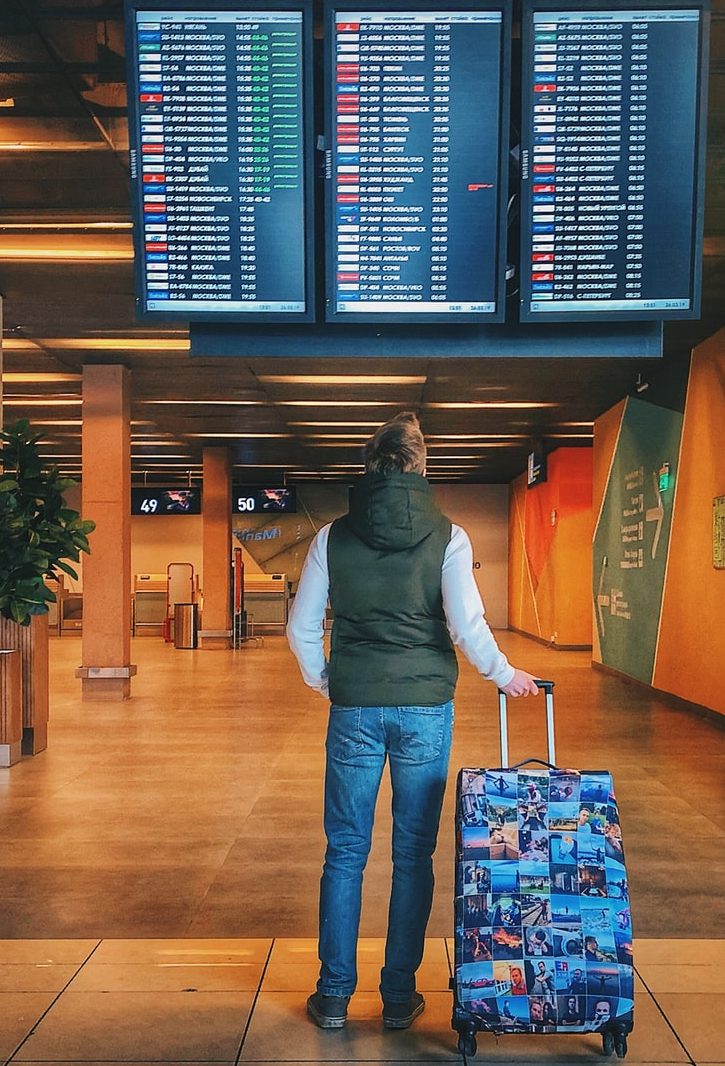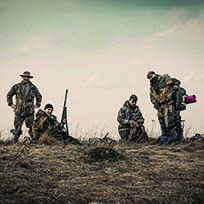“There’s no place like home for the holidays.” The popular Christmas tune says it best, and millions of people support that notion every year by heading back to their hometowns to spend the holidays with friends and family.
The Bureau of Transportation Statistics points out that the Thanksgiving and Christmas/New Year’s holiday periods are some of the busiest times for long-distance travel. Around Thanksgiving, the number of trips to and from a destination 50 miles or more away increases by 54 percent. During the December holiday period, the number rises by 23 percent.
When traveling for the holidays, suitcases and other baggage tends to be filled with gifts, decorations and other items like food. Packing for travel can become a little more complicated during this time of year. But these suggestions can help ensure holiday items make it there and back relatively easily.
Wrap them there
One way to preserve the integrity of holiday gifts and ensure they look attractive rather than crushed or ripped is to wrap items when you arrive. Build extra time into holiday travel so that you arrive a day or two early. Seek out a quiet spot and get your wrapping done.
Ship there or back
Depending on your mode of travel, there may be limited cargo space in the trunk or back of the SUV. Also, if you’re taking a long road trip that involves rest stops or even staying over at a hotel, gifts left in a vehicle may attract the attention of thieves. Lugging them into the hotel may not be practical, either. In addition, many airlines charge fees for extra baggage, which can quickly add up with bulky holiday gifts. Instead, ship gifts to their destination, trying to plan accordingly so that someone will be there to receive them when they arrive. Pick a shipping rate that fits your budget.
Make a “small gift” pact
Speak with family members and agree to a set gift size (and/or dollar value). A theme, such as limiting gifts to gift cards, perfume/cologne or food, can make this more manageable. Try to avoid delicate items which can break during transit. Small gifts are easily stashed in luggage or boxes to bring home, saving everyone a little stress.
Remove packaging and wrapping
While they may not look as pristine as carefully wrapped boxes, wrap soft clothing items right in wrapping paper or tissue paper to save on space so gifts will take up less space. On the return trip home, break down clothing boxes and remove toys from their cardboard and plastic packaging to make them easier to transport.
Bring along an empty piece of luggage
Much like on vacation, you’ll probably return home with a few more items than you arrived with during the holidays. Plan ahead with an empty piece of luggage for stowing the new gifts. Nest soft or foldable items into other gifts to save on space. Shirts rolled into shoes can save significant space.
Millions of people travel for the holidays. A plan to get gifts to and fro can make trips go smoothly.














